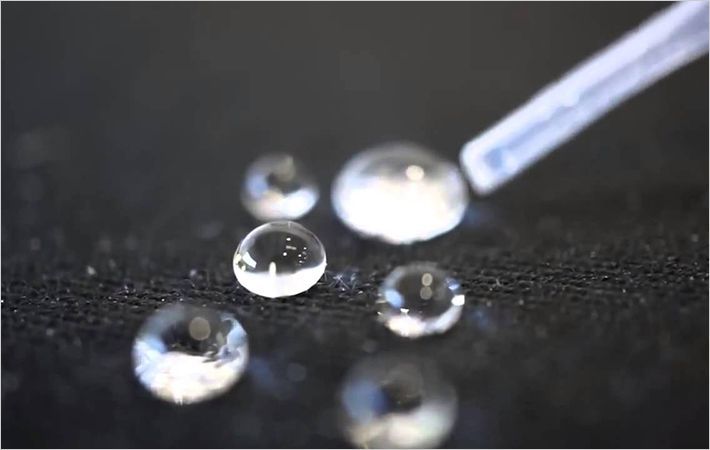Mo Ehsani, Professor Emeritus of Civil Engineering at the University of Arizona, has designed a new, lightweight underground pipe he says could transform the pipeline construction industry.
In combination, these materials are as strong, or stronger, than conventional steel and concrete pipes, which are time-consuming and expensive to manufacture and transport.
Concrete and steel pipes are built in short sections to fit on standard 18-wheel trucks, but Ehsani's new pipe can be built onsite as a single section of virtually infinite length, hence the product name InfinitPipe.
The heavy industrial manufacturing processes, long-distance trucking, and leak-prone joints used in steel and concrete pipe construction exact a heavy toll on the environment, not to mention bottom line, which is why Ehsani's company, QuakeWrap, is marketing InfinitPipe as the world's first "green" pipe.
"There are really two aspects to this invention," Ehsani said. "One is this new type of lightweight honeycomb pipe. Second is our ability to give clients an endless or infinite pipe, without a joint. That is a big, big breakthrough in the pipeline industry that has implications for natural gas, oil, water, and sewer pipes."
A literally infinite pipe is, of course, not feasible, but Ehsani's method of manufacturing could create extremely long sections of joint-free pipe. "We could make a section a mile long," he said. "Of course, every thousand feet or so, you'd need an expansion joint so the pipe can breathe, but this would certainly not be the same concern we have today, where we have to put a joint every 20 feet."
The secret of producing virtually endless pipe sections lies in the manufacturing methodology. Ehsani wraps the various layers of carbon fabric and honeycomb around a mandrel, a kind of tubular mold with a cross-sectional shape that matches the pipe's internal cross-section, which is typically, but not always, circular.
"We basically start with a tube and wrap the materials on the outside," Ehsani said. "A couple of layers of carbon fabric, then we put on the honeycomb and then a couple of layers of carbon or glass fiber on the outside. This becomes the pipe."
After testing this manufacturing method, Ehsani had a "eureka" moment when he realized that the finished pipe could be partially slid off the mandrel, and more pipe could be added to the section of pipe remaining on the mandrel. "I thought, why don't we just slip this off of the mandrel and continue making this pipe?" Ehsani said. "Never stop."
Carbon fiber, resin and aerospace honeycomb are all very light materials that can be transported at a fraction of the cost of conventional prefabricated steel and concrete pipe, and Ehsani said he is looking for partners to develop an automated mobile unit to make the pipes onsite.
"Imagine having a truck with a mandrel in the back," Ehsani said. "You start making the pipe on, say, a 20-foot mandrel, and pull off 18 feet so you have two feet left on the mandrel," he said. "Then you just move the truck forward and drop the pipe in the ground, and keep adding pipe."
As if virtually eliminating transportation costs, slashing manufacturing costs, and reducing environmental impact weren't enough, Ehsani sees this pipe technology creating jobs and boosting local economies.
"Suppose you have a pipeline project in a developing nation," Ehsani said. "You could ship the raw materials to the workers there and they could make this pipe in their own village. No matter what size or shape they want, all they need to do is build a mandrel and make the pipe on the spot. We would be making it with local people under our supervision."
Closer to home, Ehsani cites the recently awarded $10.7 million contract to build the first four miles of pipe for the billion dollar Navajo-Gallup water supply project, which involves building a 280-mile pipeline to supply water to more than 40 Navajo communities in New Mexico and Arizona.

